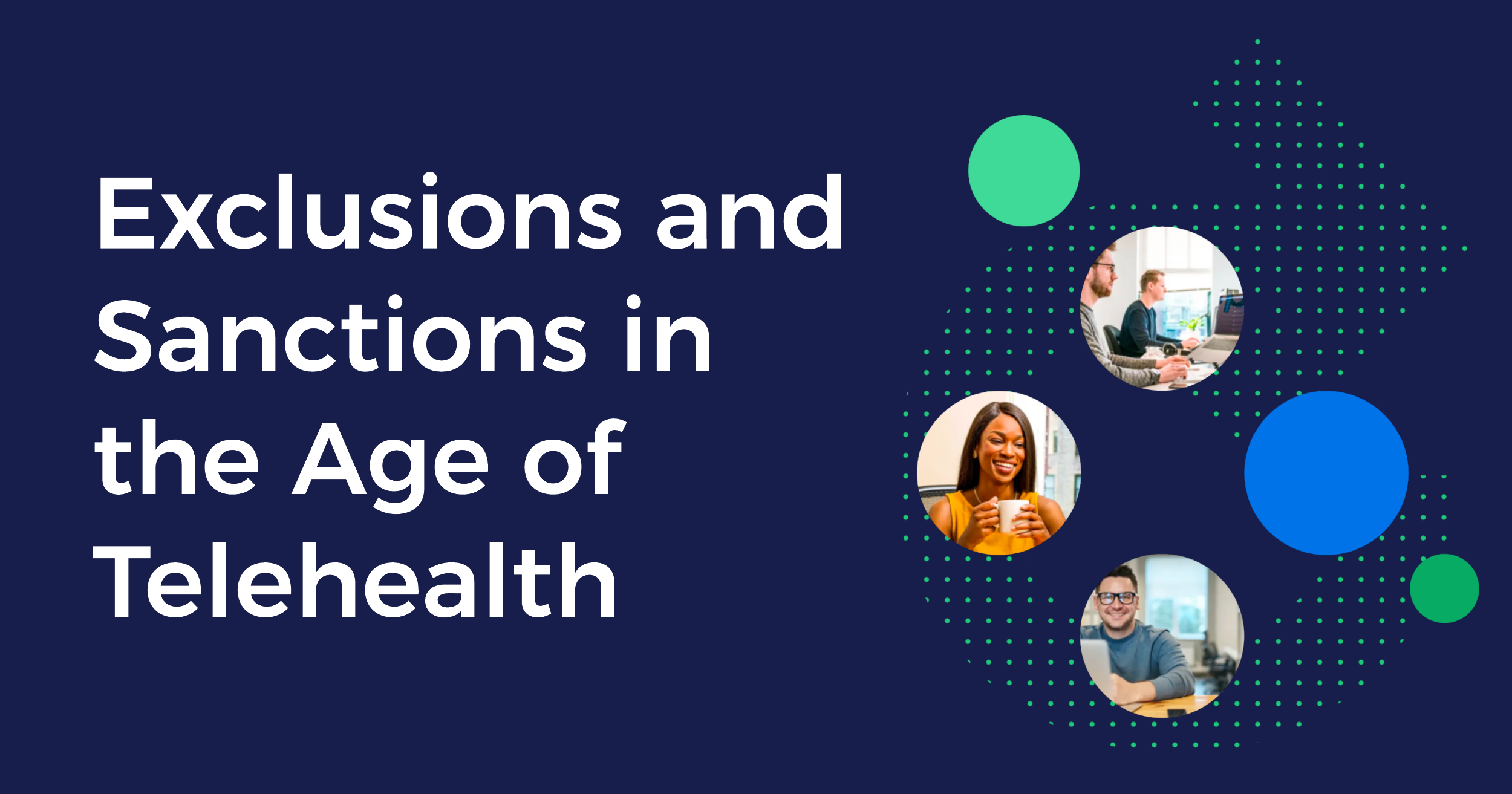Employee engagement plays a pivotal role in the success of healthcare organizations. It goes beyond job satisfaction, encompassing a deep emotional connection and commitment to the organization's mission. This article will explore and debunk common myths surrounding employee engagement in the healthcare sector. We aim to help healthcare leaders and professionals foster a more engaged and motivated workforce by shedding light on these misconceptions.
Myth 1: Employee Engagement is Solely About Job Satisfaction
Differentiating between Job Satisfaction and Employee Engagement
Job satisfaction refers to employees' contentment with their job conditions, pay, and benefits. In contrast, employee engagement involves passion, enthusiasm, and dedication toward the organization's purpose and goals.
Understanding the Impact of Engagement on Organizational Performance
Engaged healthcare employees will likely stay with the organization, reducing turnover costs. Moreover, they actively contribute to a positive work environment, enhancing collaboration and patient care outcomes.
Strategies to Improve Employee Engagement Beyond Job Satisfaction
Healthcare organizations should communicate their mission clearly and involve employees in decision-making to boost engagement. Providing growth opportunities, recognition programs, and fostering a culture of open feedback are vital components of effective engagement strategies.
Myth 2: Employee Engagement is the HR Department's Responsibility
Emphasizing the Shared Responsibility of Employee Engagement
Employee engagement is a collective effort that involves every member of the organization. HR is essential for creating engagement programs. However, leaders, managers, and employees must also actively contribute to a positive work environment.
Role of Leadership in Driving Employee Engagement
Leaders play a pivotal role in inspiring and motivating their teams. Leaders can significantly impact employee engagement by setting a positive example, recognizing achievements, and aligning the team's efforts with the organization's vision.
How Every Employee Can Contribute to the Engagement Culture
Creating a culture of engagement requires everyone's participation. Employees can contribute by actively participating in team activities, providing constructive feedback, and supporting their colleagues to enhance collaboration and camaraderie.
Myth 3: Employee Engagement is Cost-Prohibitive
Dispelling the Notion that Engagement Initiatives are Expensive
Effective employee engagement initiatives don't necessarily require extravagant budgets. Small but meaningful gestures, like celebrating achievements, fostering mentorship programs, and promoting work-life balance, can profoundly impact engagement without breaking the bank.
Cost-Effective Employee Engagement Strategies for Healthcare Organizations
Organizations can leverage technology to implement cost-effective engagement programs, such as virtual team-building activities, online recognition platforms, and wellness challenges that promote a healthy work environment.
The Long-Term Return on Investment (ROI) of Engagement Efforts
Investing in employee engagement yields substantial long-term benefits, including increased productivity, improved patient satisfaction, and reduced turnover. These positive outcomes ultimately lead to a healthier bottom line for healthcare organizations.
Myth 4: Employee Engagement is Solely Dependent on Benefits and Perks
Acknowledging the Importance of Benefits and Perks in Engagement
While benefits and perks are essential to an attractive workplace, more is needed to drive sustained engagement. Employees also seek opportunities for professional growth, recognition, and a sense of purpose in their roles.
Identifying Other Factors Influencing Employee Engagement
Factors such as a supportive work environment, a sense of belonging, and alignment with the organization's values and goals significantly contribute to employee engagement and satisfaction.
Balancing Tangible and Intangible Aspects of Engagement
Healthcare organizations should balance tangible rewards like competitive compensation and intangible aspects like recognition and meaningful work to achieve a holistic approach to employee engagement.
Myth 5: Employee Engagement is an Ongoing HR Program
Understanding Employee Engagement as a Continuous Process
Employee engagement is not a one-time or short-term initiative. It is an ongoing process that requires constant attention and nurturing. Healthcare organizations must recognize that engagement efforts should extend beyond the initial implementation phase. Instead, they should be integrated into the organization's culture and values.
To achieve this, HR departments and leadership teams must work collaboratively to establish a clear vision for employee engagement. Regularly reviewing and refining engagement strategies based on feedback and data insights is essential to ensure continuous improvement.
Integrating Engagement Initiatives into the Organizational Culture
For employee engagement initiatives to be effective, they must be seamlessly integrated into the organization's culture. This involves aligning engagement goals with the organization's mission, values, and long-term objectives. When employees see that engagement efforts are connected to the bigger picture, they become more motivated and invested in the organization's success.
Organizational leaders should lead by example, demonstrating their commitment to employee engagement. Leaders foster a positive work environment where employees feel valued and appreciated by promoting transparency, open communication, and mutual respect.
Creating a Sustainable Engagement Strategy
A sustainable engagement strategy adapts to the changing needs of the workforce and the organization. It involves proactively identifying and addressing potential challenges, such as burnout, turnover, or communication gaps.
Sustainable engagement also means nurturing a culture of continuous learning and development. Offering opportunities for skill enhancement and career growth empowers employees and boosts their confidence in the organization's investment in their future.
Myth 6: Employee Engagement is One-Size-Fits-All
Recognizing the Diversity of Healthcare Employees' Needs and Motivations
Healthcare organizations are composed of individuals with diverse backgrounds, skills, and aspirations. Consequently, a one-size-fits-all approach to engagement will not effectively cater to employees' varying needs and motivations. Leaders and HR professionals should take the time to understand their workforce's unique characteristics and preferences. Conducting surveys, focus groups, and one-on-one conversations can help gather valuable insights into what drives employee satisfaction and engagement.
Tailoring Engagement Initiatives to Meet Individual and Team Requirements
Building on the insights gained from understanding employee diversity, healthcare organizations should develop customized engagement initiatives. Tailoring programs to meet the specific needs of different departments, teams, and individuals demonstrates a genuine commitment to employee well-being and success.
Flexibility in work arrangements, such as remote work options or flexible scheduling, can significantly impact employee satisfaction and engagement. Recognizing and rewarding individual and team achievements further reinforces the idea that each employee's contribution is valued.
The Role of Employee Feedback and Surveys in Personalizing Engagement
Employee feedback is a powerful tool for personalizing engagement efforts. Regularly seeking input from employees through surveys and other feedback mechanisms allows organizations to identify areas of improvement and gauge the effectiveness of existing engagement strategies.
HR teams should analyze feedback data to identify trends and patterns. By acting on this feedback and making data-driven decisions, healthcare organizations can refine their engagement initiatives and create a more inclusive and supportive work environment.
Myth 7: Employee Engagement is Measured Solely Through Surveys
The Limitations of Traditional Employee Engagement Surveys
While surveys are valuable tools for collecting employee feedback, they have limitations. Traditional annual or bi-annual surveys might not capture real-time changes in engagement levels or provide a comprehensive understanding of the factors influencing engagement. Furthermore, frequent surveys may fatigue employees, leading to lower response rates and potentially biased data.
Embracing Other Metrics to Evaluate Engagement Effectiveness
Healthcare organizations can supplement survey data with other metrics to gain a holistic view of employee engagement. Employee turnover rates, absenteeism, and productivity levels can offer additional insights into the workforce's health. Conducting stay or exit interviews can also provide valuable feedback about employees' experiences and reasons for staying or leaving the organization.
Incorporating Real-Time Feedback Mechanisms for Agile Improvements
To overcome the limitations of traditional surveys, healthcare organizations can adopt real-time feedback mechanisms. These could include pulse surveys, employee suggestion boxes, or regular check-ins with managers.
Real-time feedback enables organizations to respond quickly to emerging issues and adjust their engagement strategies promptly. It fosters a culture of open communication where employees feel their voices are heard and valued.



